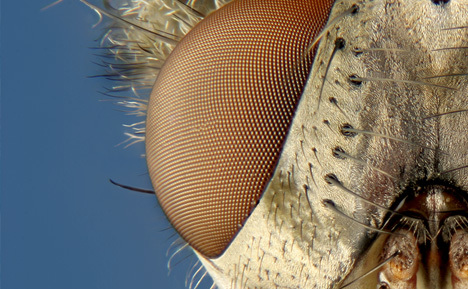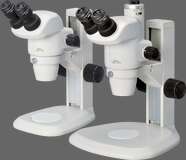- en Change Region
- Global Site
- Home
- Resources
- Applications
- Education
- Gross Observations
Applications
Gross Observations

Muscoid fly (house fly); courtesy of Charles Krebs, Charles Krebs Photography
The ability to see microscopic detail in living organisms and everyday objects is fascinating for all ages and can be inspirational - attracting many students to the study of the sciences for the first time. Historically, the use of microscopes for kids in school was prohibitive, not just on the basis of cost and fragility, but also because only one person at a time could view the specimen. Today, the robustness, quality, and affordability of educational microscopes together with the advent of digital imaging and image-sharing technologies make microscopy accessible to all. An entire class of young children can simultaneously share the magic of real-time microscope observations on PC screens or projected onto wall mounted screens.
Gross specimens require no special preparation and can be viewed on simple stereo microscopes (3-D view) or simple compound microscopes (for 2-D view of thin or translucent subjects). Fascinating topics include observations of pond life (algae, crustaceans, invertebrates), insects, plants, fossils, and everyday objects (stamps, coins, newsprint, sandpaper, fabrics, soil, stones, tree bark, circuit boards, etc.)
The observation of gross specimens is not only a fun and inspiring activity for young children but is important in the training of, for example, biologists, clinicians, pathologists, and geologists. An awareness and appreciation of gross morphology is often necessary for an understanding of microscopic features.
- Home
- Resources
- Applications
- Education
- Gross Observations



